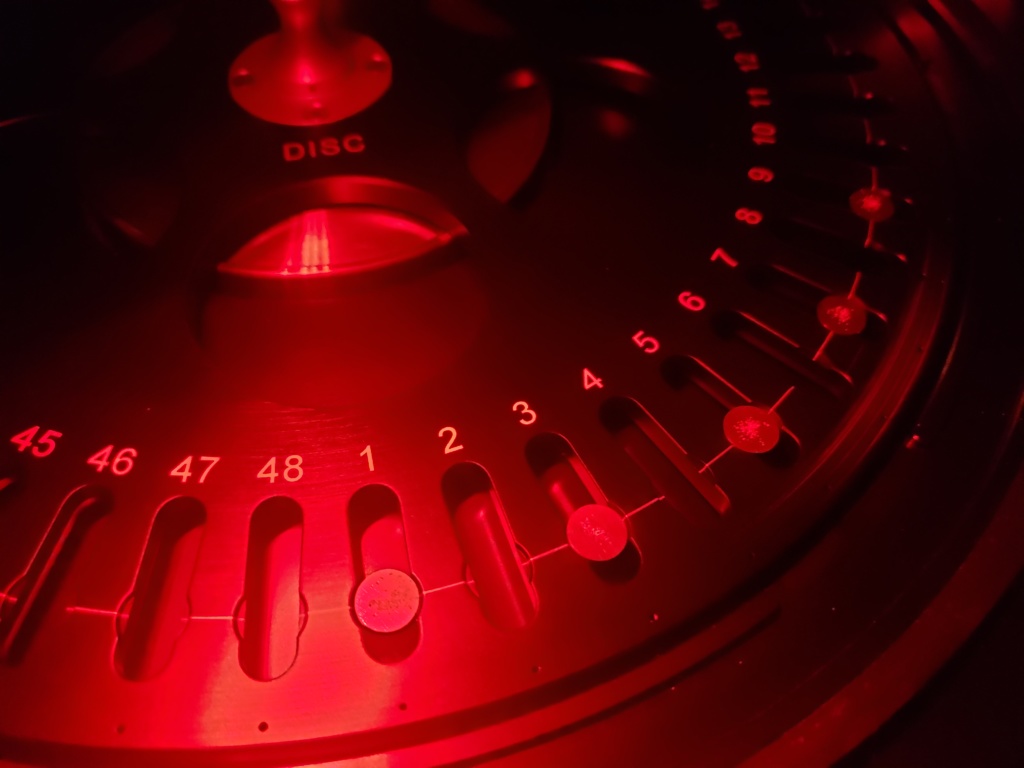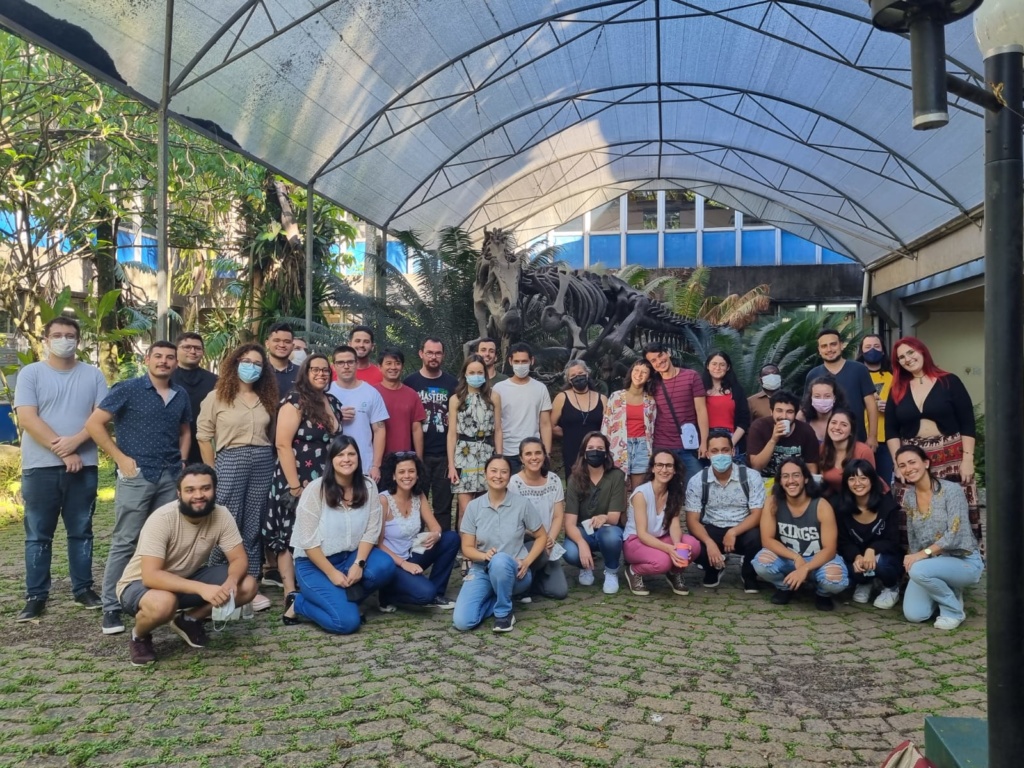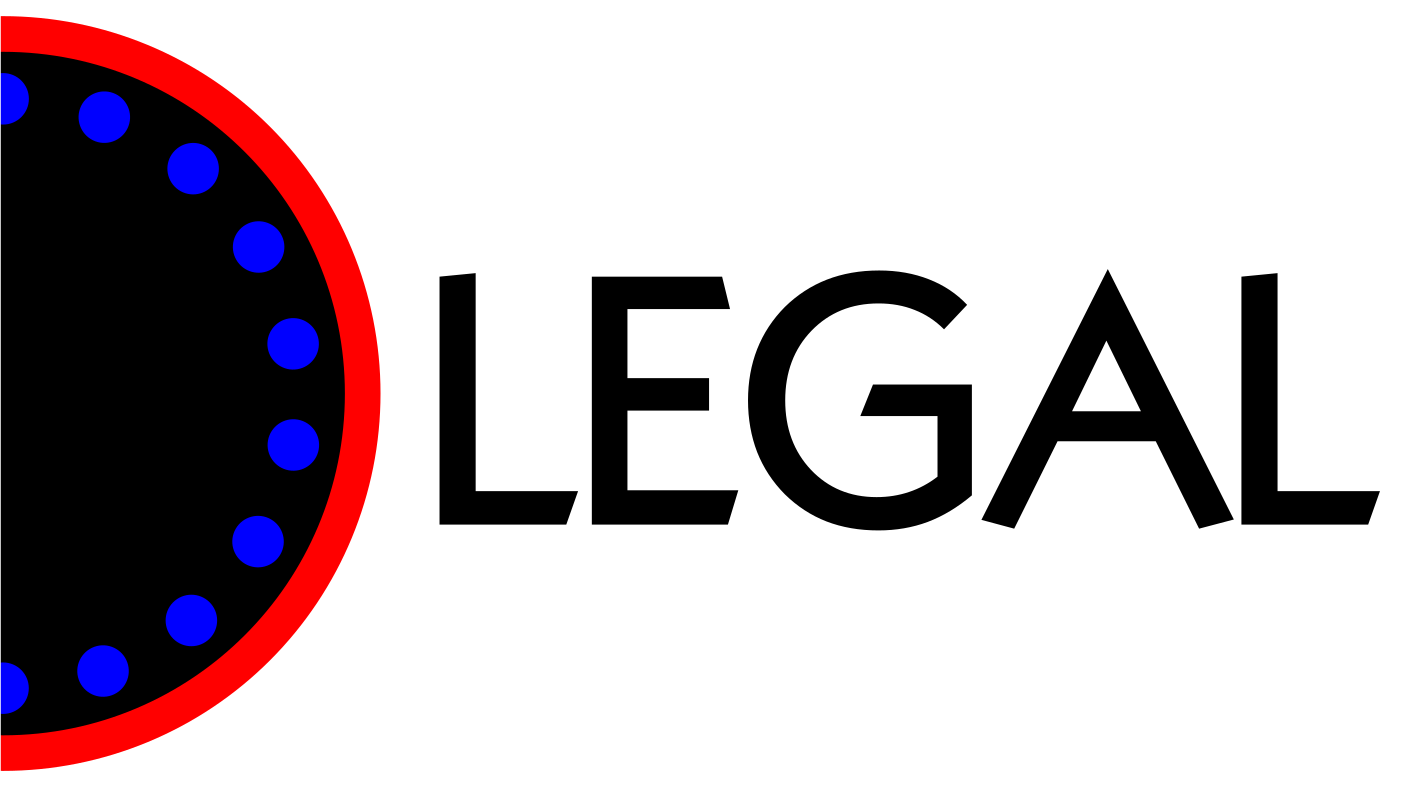The Luminescence and Gamma Spectrometry Laboratory (LEGAL) is a multi-user laboratory researching luminescence geochronology, sedimentary provenance, landscape evolution and Earth surface processes. The laboratory was inaugurated in 2012 under the São Paulo Research Foundation (FAPESP) Multi-user Equipment Program (EMU) and quickly became an important research center for scientists in South America due to its top-level luminescence dating facility. Optically stimulated luminescence (OSL) and thermoluminescence (TL) dating is widely used for determining Late Quaternary absolute ages of quartz and feldspar grains in depositional, pedological and archeological contexts. In recent years, a variety of new methods using different luminescence signals have been proposed to extend the dating range beyond the Late Quaternary, including violet stimulated luminescence (VSL), thermally transferred optically stimulated luminescence (TT-OSL) and post infrared-infrared optically stimulated luminescence (pIR-IRSL).

LEGaL works closely with several academic groups, with the participation of undergraduate and graduate students, and early career and senior researchers, around topics emphasizing the relationship between environmental change and climate change in South America in the millennial to million years timescale. Additionally, our research team takes part in improving and developing the methodology as well as in investigating the fundamental physics of luminescence dating. Our laboratory encourages multidisciplinary collaboration projects and user participation at every step of the procedures: sample preparation, reader operation and data analysis. User involvement throughout the laboratory routine makes them used to the analytical techniques in place and provides them greater critical evaluation ability of the obtained results and their applications.

The laboratory facilities are composed of three separate laboratory rooms:
Sample preparation room fully equipped with subdued red lighting conditions, it includes wet and dry sieving systems, decantation system, fume hood for chemical treatment (H2O2, HCl and HF), mineral separation with dense liquid (LMT) system, driers, centrifuge and ultrasonic baths.
Luminescence readers room with subdued red light housing three readers, including Risø TL/OSL reader model DA-20 system and a Lexsyg Smart TL/OSL reader, all equipped with blue and infrared light stimulation units and β source irradiation units (90Sr/90Y) and carousel housing up to 48 and 40 aliquots simultaneously. Moreover, it also includes one Risø single grain attachment with green laser stimulation, X-Y positioning system and housing of 100 grains per disc (up to 4800 grains per sequence); and a Roithner violet laser attachment (405 nm).
Gamma spectrometry and gas chromatography room with hyperpure germanium detector for low-count gamma spectrometry (HPGe Detector, Canberra Industries), with a lead shield, equipped with liquid N2 cooling system and computerized spectrum recording and modulator gas chromatography machine (Thermo Scientific TRACE 1310).
